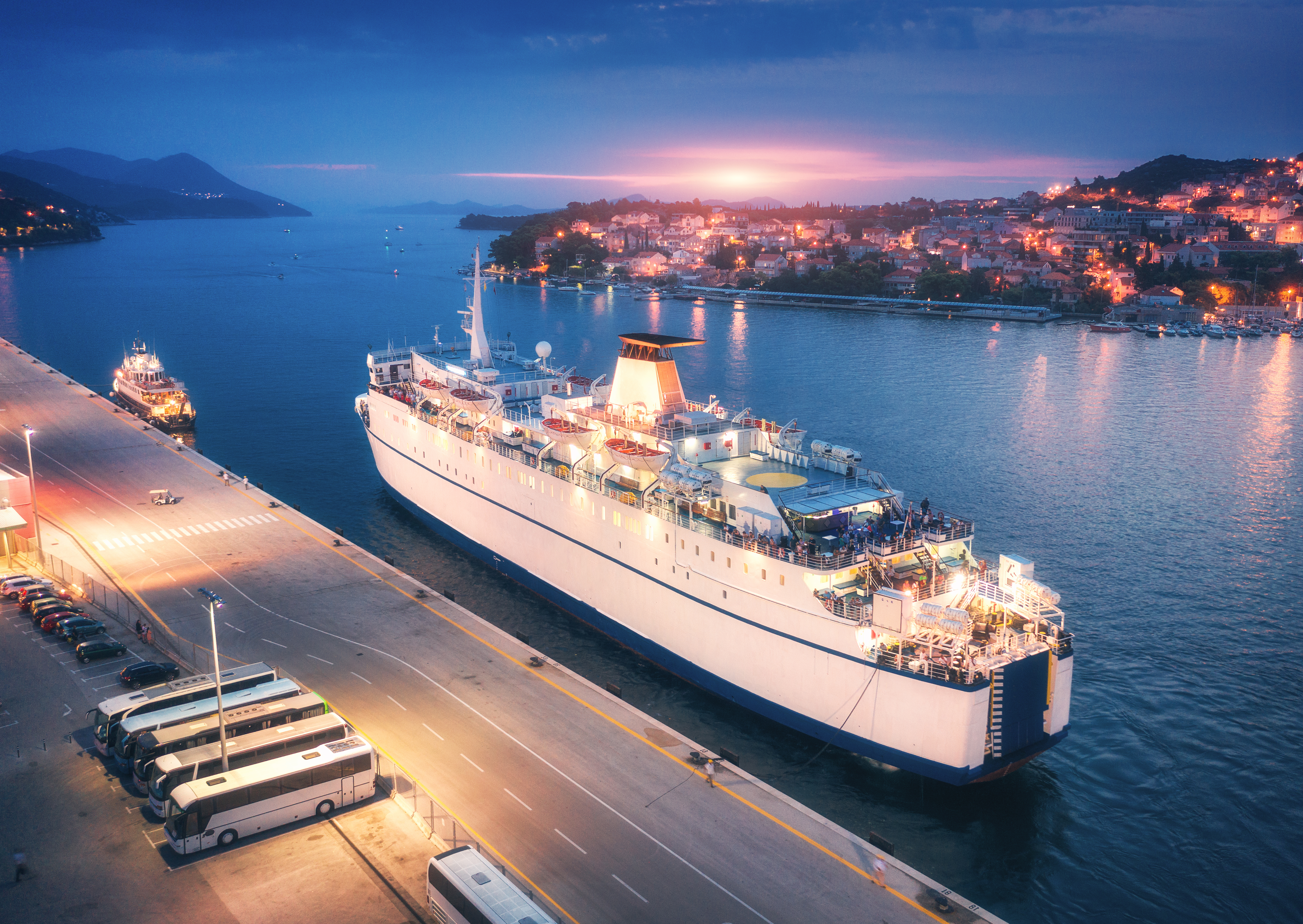The amendment to Annex VI of MARPOL Convention will enter into force on November 1, 2022. These technical and operational amendments formulated under the initial strategic framework of IMO for reducing greenhouse gas emissions from ships in 2018 require ships to improve energy efficiency in the short term, thereby reducing greenhouse gas emissions.
From January 1, 2023, all ships must calculate the attached EEXI of their existing ships to measure their energy efficiency and start collecting data to report their annual operational carbon intensity index (CII) and CII rating.
What are the new mandatory measures?
By 2030, the carbon intensity of all ships will be 40% lower than the 2008 baseline, and ships will be required to calculate two ratings: the attached EEXI of their existing ships to determine their energy efficiency, and their annual operational carbon intensity index (CII) and related CII ratings. Carbon intensity links greenhouse gas emissions with cargo transport distance.
When will these measures take effect?
The amendment to Annex VI to the MARPOL Convention will enter into force on November 1, 2022. The requirements for EEXI and CII certification will come into force from January 1, 2023. This means that the first annual report will be completed in 2023 and the initial rating will be given in 2024.
These measures are part of the commitment of the International Maritime Organization in its initial strategy to reduce greenhouse gas emissions from ships in 2018, that is, by 2030, the carbon intensity of all ships will be 40% less than that in 2008.
What is the carbon intensity index rating?
CII determines the annual reduction factor required to ensure continuous improvement of the operational carbon intensity of ships within a specific rating level. The actual annual operating carbon intensity index must be recorded and verified with the required annual operating carbon intensity index. In this way, the operating carbon intensity rating can be determined.
How will the new ratings work?
According to the ship’s CII, its carbon strength will be rated as A, B, C, D or E (where A is the best). This rating represents a major superior, minor superior, medium, minor inferior or inferior performance level. The performance level will be recorded in the “Declaration of Conformity” and further elaborated in the Ship Energy Efficiency Management Plan (SEEMP).
For ships rated as Class D for three consecutive years or Class E for one year, a corrective action plan must be submitted to explain how to achieve the required index of Class C or above. Administrative departments, port authorities and other stakeholders are encouraged to provide incentives for ships rated A or B as appropriate.
A ship using low carbon fuel can obviously get a higher rating than a ship using fossil fuel, but the ship can improve its rating through many measures, such as:
1. Clean the hull to reduce resistance
2. Optimize speed and route
3. Install low energy consumption bulb
4. Install solar/wind auxiliary power for accommodation services
How to assess the impact of new regulations?
IMO’s Marine Environment Protection Committee (MEPC) will review the implementation effect of the requirements of CII and EEXI by January 1, 2026 at the latest, to assess the following aspects, and formulate and adopt further amendments as needed:
1. Effectiveness of this Regulation in reducing the carbon intensity of international shipping
2. Whether it is necessary to strengthen corrective measures or other remedies, including possible additional EEXI requirements
3. Whether it is necessary to strengthen the law enforcement mechanism
4. Whether it is necessary to strengthen the data collection system
5. Revise Z factor and CIIR value
Post time: Dec-26-2022

